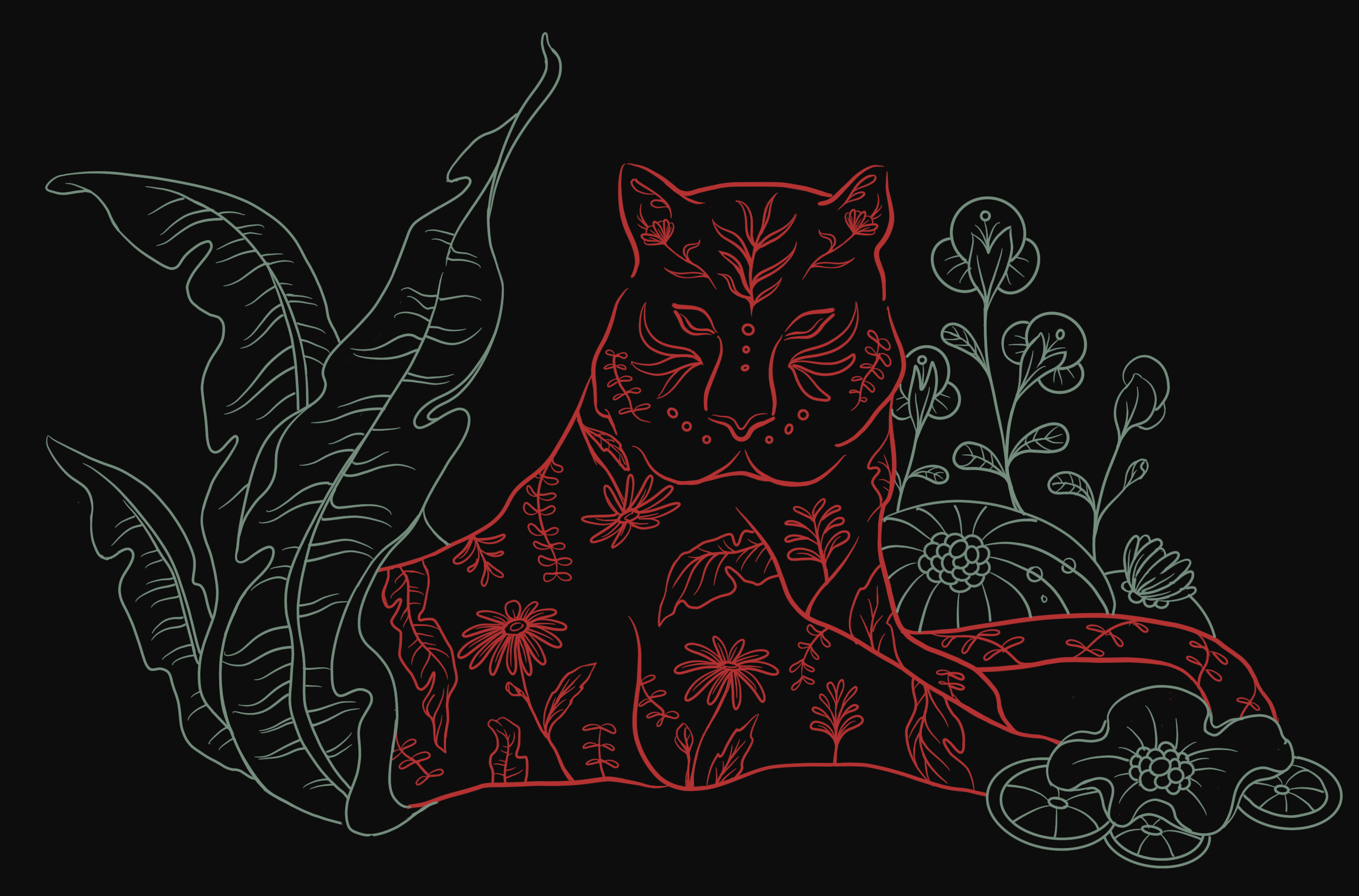
Tigers
In the spirit of celebrating the Year of the Tiger in the 12-year cycle of the Lunar New Year, let's explore 12 different ways tiger restoration has been made in Asian countries with the highest wild tiger population - notably within India, Nepal, Bhutan, and Russia.
12 Years of Progress
01 | Connecting Borders
Within countries that have seen an increase in the number of wild tigers, effort has been made to protect areas in order to connect tiger habitat and allow them to move safely and freely across countries. Numbers have tripled within a decade of established effort in connectivity between Russia and China.
02 | Community Conservation Efforts
With increased awareness of the benefits of community-based conservation, organizations such as WWF have focused their partnerships with local communities to help people become beneficiaries and active advocates of the forest. Thousands of acres have been restored in Nepal's Khata Corridor, which is home to tigers free to roam between Nepal and India.
03 | Combating Illegal Trade
With close cooperation within relevant law enforcement agencies of countries throughout the trade chain, government-led efforts facilitated by conservation organizations have improved cross-border law enforcement and coordination. Increased capacity in countering poaching, trade of tiger parts and products, as well as garnering political support are some of the strategic approaches.
04 | Expanding Their Range
As tiger population increase, they have now been sighted in new grounds and at higher altitudes. As tigers claim more areas in new landscapes, due to efforts of the government and communities, their range must continue to be expanded for continued progress.
05 | Moving To New Homes
Translocation coordinations are made to introduce tigers to new homes and increase their population through effective breeding efforts.
06 | Rewilding
Over 70 years ago, Kazakhstan lost all of its tigers. By preparing habitat and building prey species populations, the reintroduction of tigers in the area is now well underway. They now have the capacity to support 120 tigers!
07 | Ranger Support
With improved technological support to provide data such as wildlife sightings and illegal activity logs, rangers can better adapt their patrols based on threat locations.
08 | Coexistence
By partnering with people living and working in areas of tiger activities - such as training to support human-tiger conflicts and understanding tiger behavior and footprint identification - local authorities and communities can better prevent or respond to conflict situations.
09 | Restoring Habitat
Thailand has been effectively managing tiger sites to support long-term increase in both tiger and prey populations, by restoring important grazing sites and artificial salt licks to supply wildlife with vital minerals.
10 | Combating Snaring
Patrol teams formed by local indigenous communities in Southeast Asia are increasing efforts to remove snares and collect poaching data.
11 | Conservation Tools
The Indian government has set up a program designed to set best practices for managing tiger sites. This has helped to set standards as well as a focus in reaching tiger population goals within the country.
12 | Sustainable Financing
The government in Bhutan has been securing a network of sustainably financed protected areas, which help to protect tiger movement corridors, climate-resilient habitats, and other connected areas.

